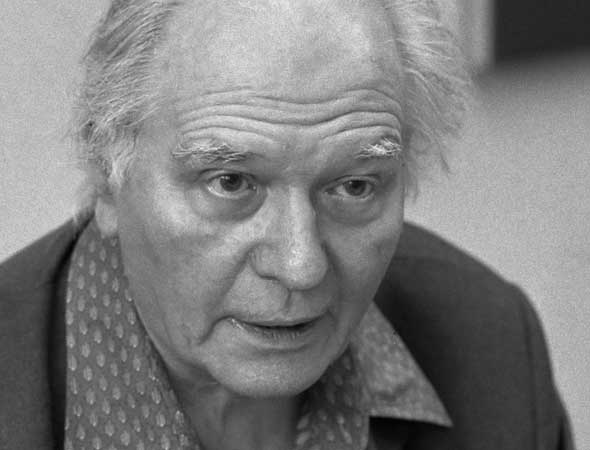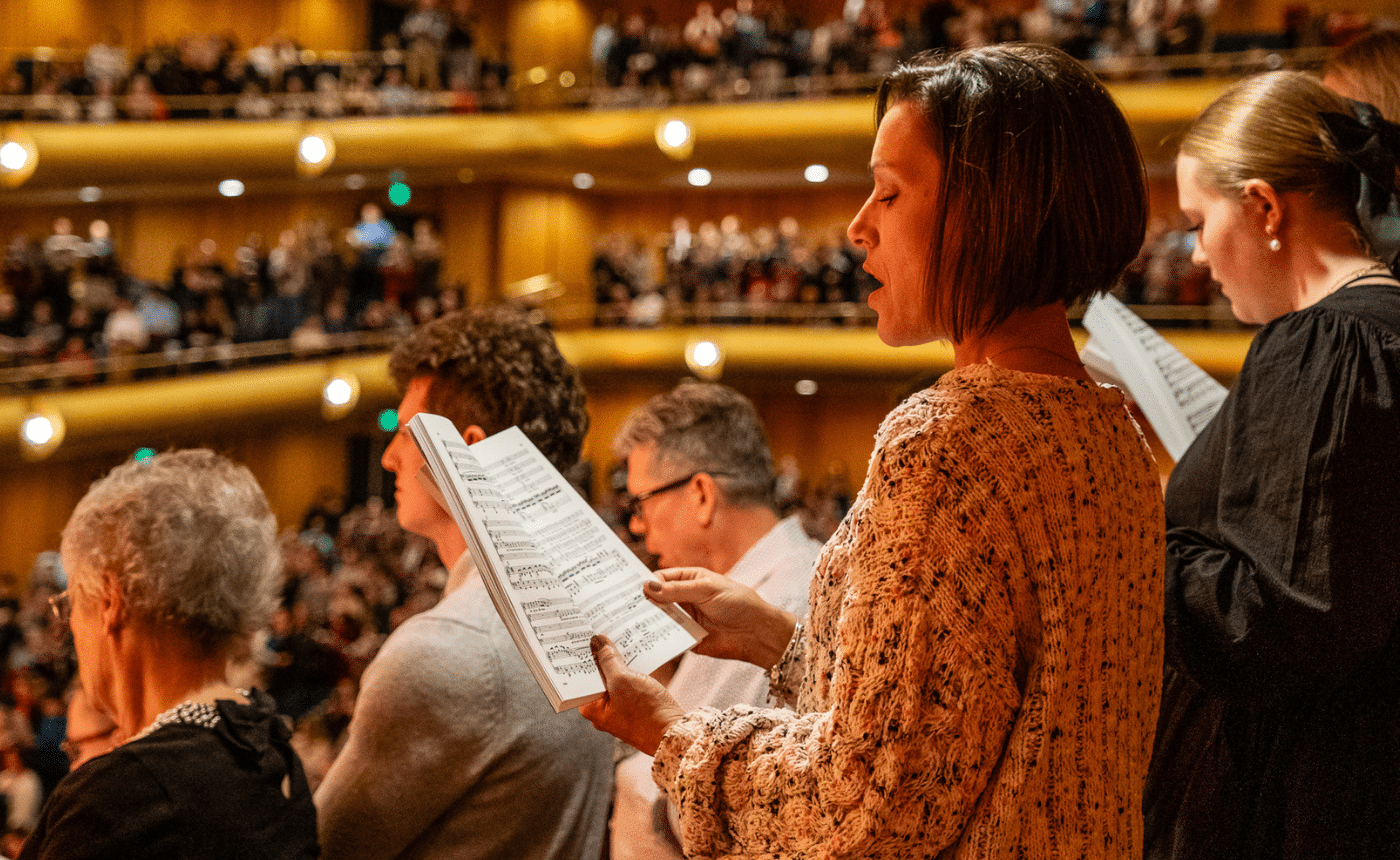MESSIAEN: “The Resurrected and the Song of the Star Aldebaran” & “Zion Park and the Celestial City” from Des canyons aux étoiles
Commissioned in 1971 by the American philanthropist and arts patron Alice Tully to celebrate the bicentenary of the Declaration of Independence, Dans canyons aux étoiles… is a suite of twelve orchestral movements arranged in three groupings of five, two and five. When all twelve movements are performed together, they are operatic in scope, spanning more than an hour and a half. The suite originated as a memorial tribute to Messiaen’s friend Jean-Pierre Guézec, a French composer who died in 1971 at age 36; Guézec’s remembered voice is represented in the suite by the sounds of the horn, which haunt us with repeated calls that are somehow intimate yet infinitely distant.
Celebrated both for his deep Christian spirituality and for giving voice to it through his remarkable music, Olivier Messiaen was born in 1908 and entered the Paris Conservatory at the age of 11. His wide-ranging musical influences span rhythmic patterns from classical Greek and Hindu sources and melodies based on modes of transposition he developed from his own early compositions; he also experimented with “total serialism,” an almost epistemological application of 12-tone “rows,” and with Eastern musical sources including Japan and Indonesia.

Olivier Messiaen
If all this sounds mystical, perhaps it is. But Messiaen’s deepest musical influence — apart from his Roman Catholic faith — was almost certainly his devotion to nature and in particular his love of birds. He was an accomplished ornithologist, and as a composer took the time to transcribe bird songs as musical notation. He was devoted to the teachings of St. Francis of Assisi. To Messiaen’s admirers, his music and his life are inseparable; they seem to be the worldly evidence of a saintly life, and his music reveals a sincerity of expression that seems as simple as nature itself in the listening, regardless of the complexity of its sources.
Like Ferde Grofé’s Grand Canyon Suite, Messiaen’s Dans canyons aux étoiles is intimately connected to a particular place in the American Southwest — in this case, the state of Utah. Messiaen took inspiration from the landscape and the birds of the Beehive State while composing this suite, and was particularly moved by visiting Bryce Canyon National Park. In these movements, Messiaen’s musical reflections on Utahn grandeur — the meanings he discerned “written in stars,” the colors and forms he saw in the desert, the sounds he heard — describe his experiences of Bryce and of Zion National Park as an expression of God’s presence in nature.
In the eighth movement of the suite, what we hear is quite literally Messiaen’s rendering of the music of the stars: a song of resurrection and of the star Aldebaran. The brightest star in the constellation Taurus, Aldebaran glows red in the heavens and is the fourteenth-brightest star in the night sky. Messiaen’s starscape transports us from the suite’s intimate observation of the nature around us to the furthest reaches of the heavens, finding the unity of divine creation in both — our small, fragile earth and the infinity of space. The consummation of his vision is expressed in the twelfth movement, “Zion Park and the Celestial City,” a paean to the glory of all creation.












